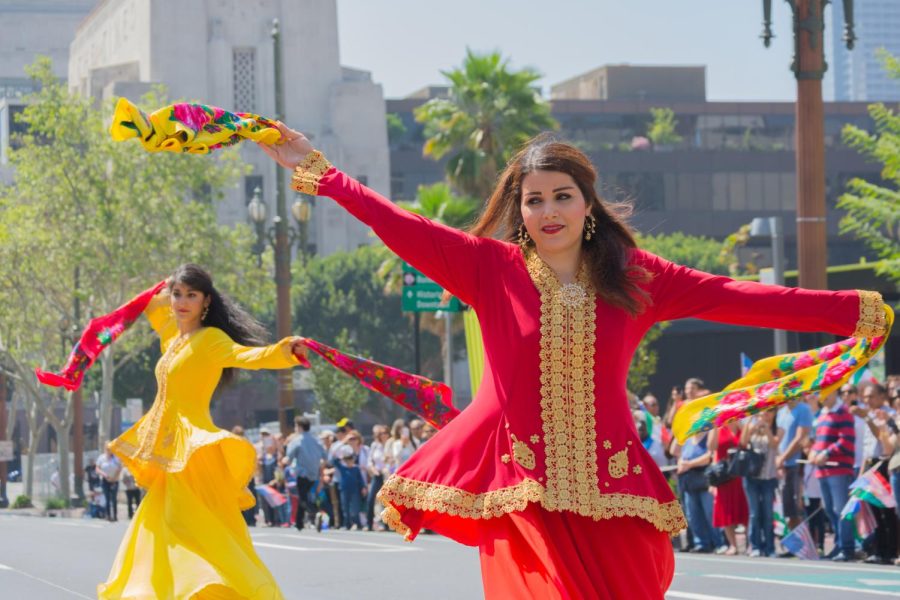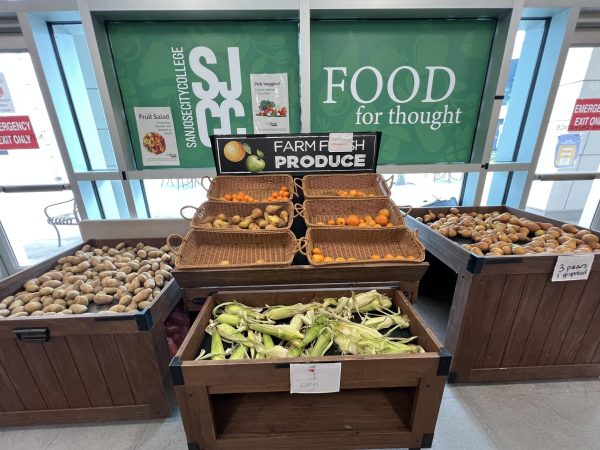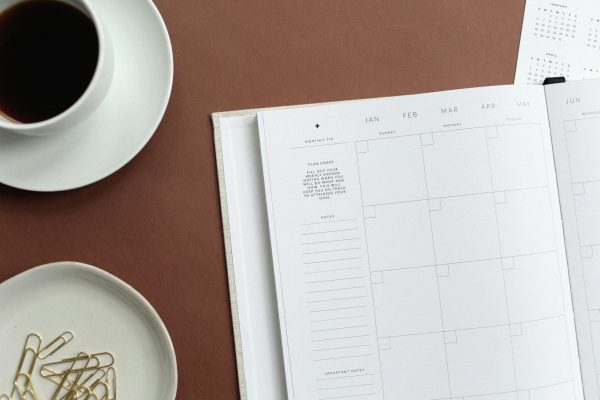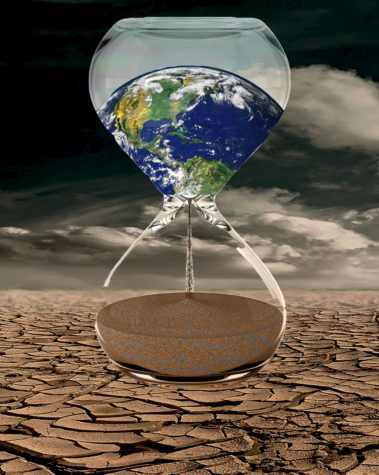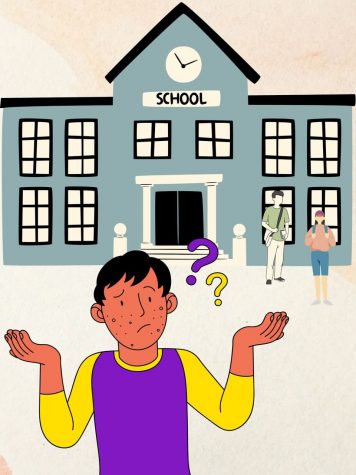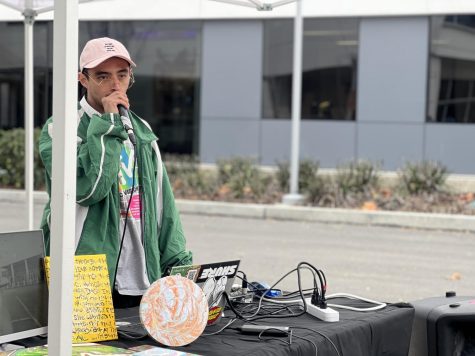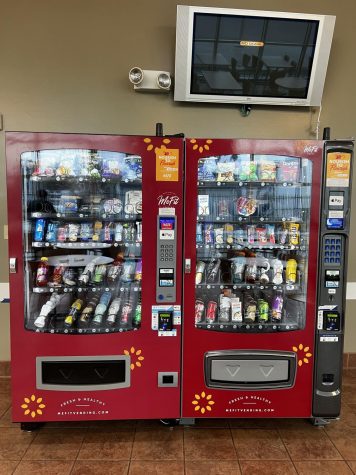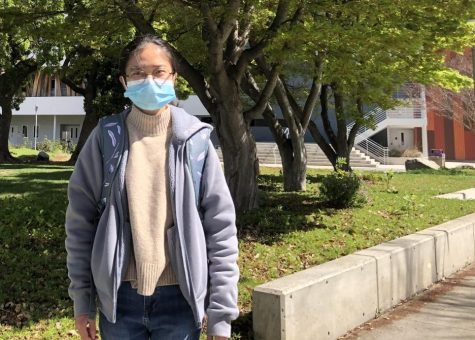Persian New Year celebrations begin March 20
Nowruz and how Jaguars celebrate it
Persian New Year © Brphoto | Dreamstime.com
Persian dancers perform at the Norooz Festival and Persian Parade new year celebration in Los Angeles on March 21, 2015.

Persian New Year, also called Nowruz, is an ancient spring holiday rooted in the Iranian people.
It begins on the spring equinox and marks the beginning of Farvardin, the first month of the Solar Hijri calendar (an Iranian calendar used officially in Iran and Afghanistan).
“It’s once a year, at the end of the year, like how Christmas is; but this is Nowruz … it’s like the New Year,” said Samina Beegzad, an SJCC business administration major from Afghanistan.
The day is celebrated worldwide by various ethnolinguistic groups and falls on or around the date of 21 March on the Gregorian calendar.
For the year 2022, it falls on March 20. It differs slightly within Asian countries such as: Iran, Afghanistan, Iraq and Pakistan.
In Iran the holiday lasts 13 days. On the 13th and last day of celebration, people head out of their houses because it is believed that 13 is an unlucky number.
“So some people go outside to the parks and then they meet with family, they sit together and then talk and celebrate the new year. In my country, they also wear Afghan clothes,” Beegzad said. “They celebrate it with joy and happiness and picnics and stuff. It’s called ‘samanack.’ It has food that they make. Women sit around and then they sing a song and then do the stuff.”
Another practice that occurs during Nowruz is haftseen, which is a tradition of setting a table of symbolic items. Haftseen means “the seven ‘S’s.” A haftseen table consists of seven items that start with the letter S in Farsi.
The items on a haftseen table usually are: Serkeh (vinegar) represents age; senjed (dried lotus tree fruit) represents love; sekkeh (coins) represents prosperity; sonbol (hyacinth), represents spring; sabzeh (sprouts) represents rebirth; seeb (apple) represents health; samanu (sweet wheat-germ pudding) represents sweetness and prosperity.
“On that day, they make some dry fruits that they call seven fruits” Beegzad said.
A haftseen can have other items, too. For example: Sumac (spice) represents the sun. Ayneh (mirror) represents self-reflection. Tukhmeh morg (eggs) represents fertility. Shirini (sweets) represents sweetness. Mahi (goldfish) represents life and The Qur’an with money inside it to give to children represents blessings.
Your donation will support the student journalists of San Jose City College. Your contribution will allow us to purchase equipment and cover our annual website hosting costs.

